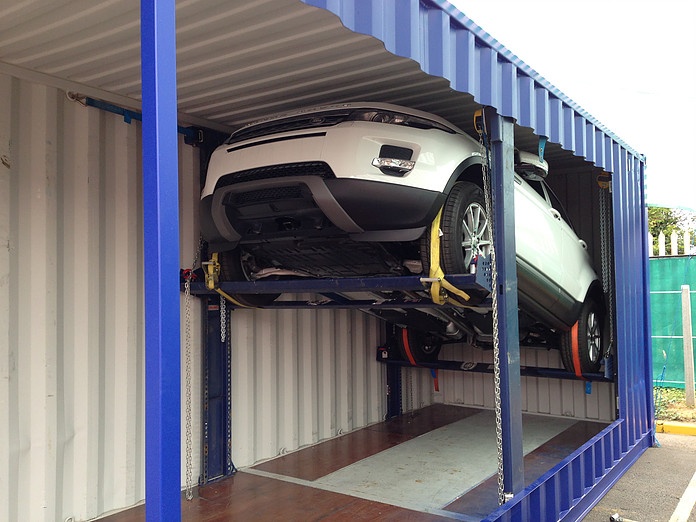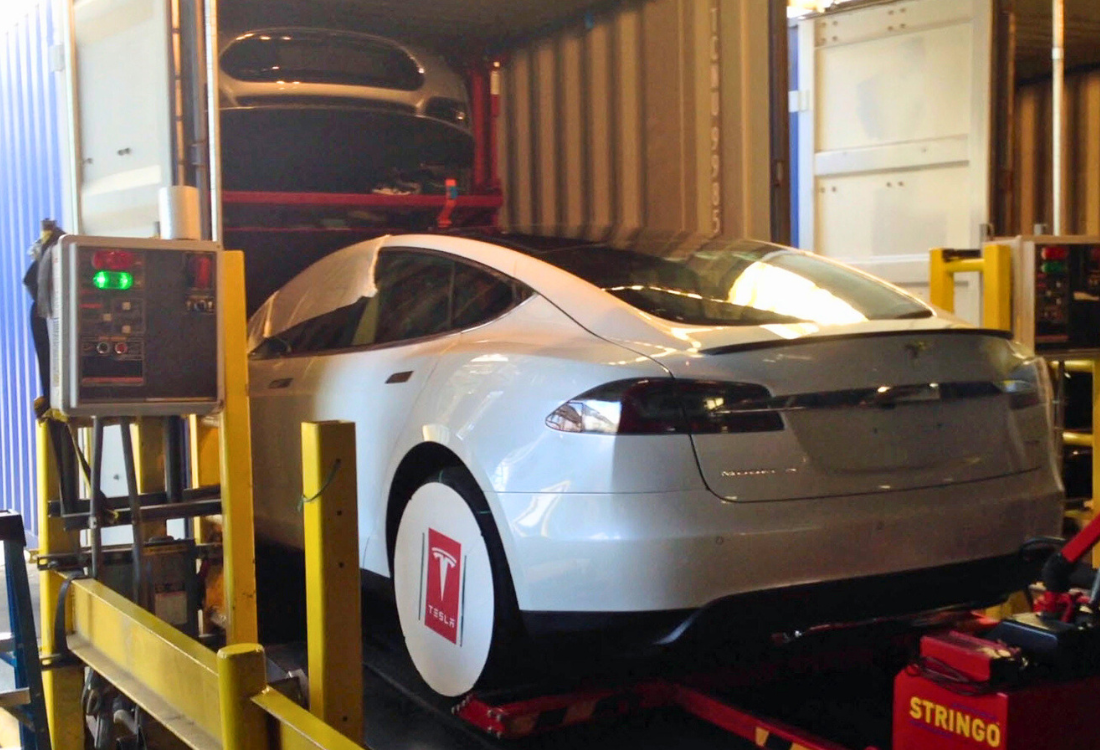
A million and one things can go wrong when sending a consignment of cars across thousands of miles of ocean (or even 100 miles down the road). Any risk you can think of could and has materialised, from cars catching fire, to vehicle carriers sinking or drivers carelessly scratching (more realistically!) a car while unloading or parking it. Cars have fallen off transporters, been dropped by cranes and had something dropped on them by a crane.
So let’s keep it simple and categorise all mishaps under just two main classifications
- Delay
- Damage
Logistics managers know all too well that what can go wrong, will go wrong, and for the most important client! Almost always, these events are outside your control, caused by contracted carriers and their employees or agents. All you can do is be prepared for the worst and be ready to swing into action with a workable recovery plan when the inevitable disaster strikes.
Carrier Delays
Only something like 20-30% of global shipping lines maintain anything like reliable schedules. The other 70-80% miss their targets very frequently. Vehicle carriers are no exception. Leaving aside total disasters that can happen to any land or sea carrier, delays and marine incidents will always happen. Like the vehicle carrier Hoegh Osaka that began to list just after embarking from Southampton in Jan 2015 and left it beached for several weeks within sight of land. Even if insurance or the carrier pays for consequential losses, reputational damage cannot be costed and a disgruntled client often does not want to hear excuses, only solutions.
Of course there is no ready solution for incidents that are outside your control. Constant communication is the best defence. Being aware of the carrier status at all times and providing frequent status updates to the client at least demonstrates that you are in the driving seat. Contrast that with a client whose first contact with you after the shipment departs is when you announce a delay. It’s all about people and soft skills.
Damage In Transit
The most common occasion when damage is likely to occur is during loading and unloading operations i.e. when the car is being driven. As it is probably impossible to detect such damage as and when it occurs, it is therefore vital to carry out regular inspections at fixed staging points along the route so that the liable party can be identified. Damage causes delays – see above!
Disruption Management
Proactive risk management essentially means that you expect risks to be realised rather than passively figuring in contingency measures should they arise. This so-called Disruption Management is practiced by almost every shipping line because ocean going transportation operates in an environment of constant change and uncertainty. Think of the weather, just for starters. The objective is to figure out recovery strategies that deliver good solutions relatively quickly.
Risk Mitigation
It is a mathematical and statistical fact that the greater the number of dependencies, the greater the risk of disruption. Here is where the Trans-Rak racking system (R-Rak) for containerised transport of multiple cars per container, scores highly as a risk reduction technique. Even on a multi-segment delivery route, whether by sea, road, rail, air or a combination of these, the cars are loaded only once and unloaded only once at journey’s end. That significantly reduces the possibility of damage, theft or other accidents. Also, you are managing just one unit through the system rather than, say, four individual cars.
Our FREE Guide to Containerised Car Transport
Download our free eBook The Containerised Car Transport Guide and learn just what the Trans-Rak racking system can do for your logistics business.















